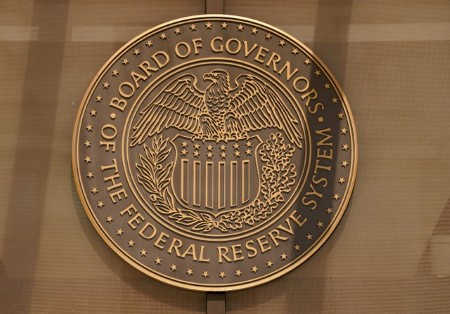




Monthly Economic Update: One for the road
 DOWNLOAD
DOWNLOAD

Inflation Update: Still low, still slow
 DOWNLOAD
DOWNLOAD

Philippines Trade Update: Exports momentum continues
 DOWNLOAD
DOWNLOAD


US recap: Dollar dumped as Fed hike seen as segue to cuts in H2

March 22 (Reuters) – The dollar tumbled on Wednesday after the Fed raised rates by 25bp as expected and toned down the certainty of its language on future tightening, while Chair Jerome Powell highlighted data dependence and downward economic risks, which should weigh on the US currency.
The first dovish shift came with the policy statement erasing its previous reference to “ongoing increases” in rates, replacing it with “some additional policy firming may be appropriate.”
That sent Treasury yields lower, in turn creating a heavy weight on the dollar.
Policymakers left their rate projections — the median dot plots — unchanged for end-2023 at 5.1% but downgraded growth even while they projected lower unemployment and less progress on inflation than in December.
That’s not surprising given recent data and banking sector distress.
The stable dot plot suggests the Fed sees banking sector and credit risk offsetting the hot US data in recent months.
Powell remained focused on taming inflation even as almost all on the FOMC see risks to growth as weighted to the downside, with further policy adjustments data dependent.
He said the fast intervention to support depositors and banks’ use of collateral was needed to contain the fallout from bank failures.
Treasury Secretary Yellen saying that the FDIC was not considering “blanket insurance” of bank deposits also weighed risk and the dollar.
EUR/USD gained more than 1% by late trade, with smaller dollar losses versus the JPY and sterling, all reflecting tumbling Treasury yields. Two-year yields fell more than 25bp at one stage after having been up earlier in the day when risk-off trades were still being squared up ahead of the Fed.
The market is now split on whether there will be one more 25-bp Fed rate hike before rate cuts begin in earnest from H2 onward.
(Editing by Burton Frierson; Randolph Donney is a Reuters market analyst. The views expressed are his own.)
This article originally appeared on reuters.com





 By Reuters
By Reuters